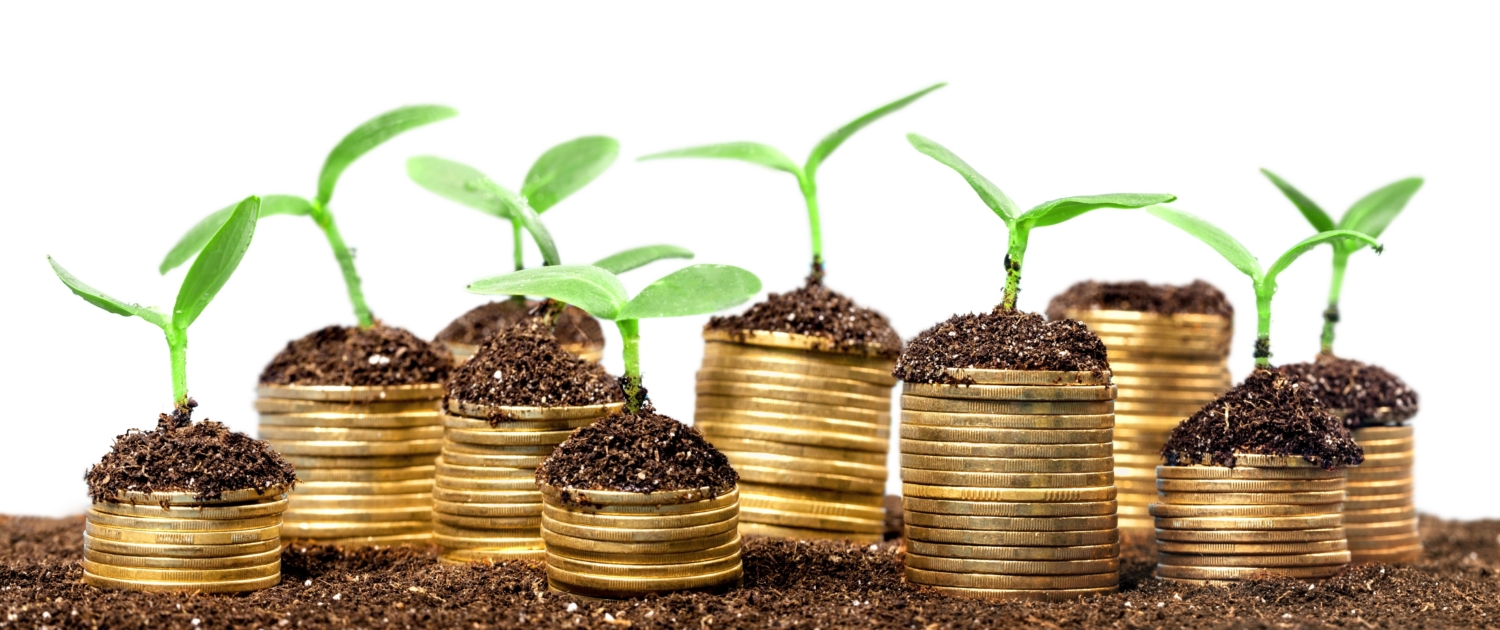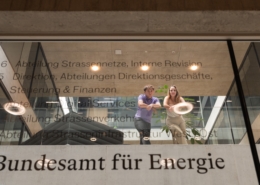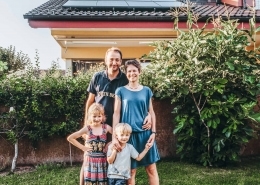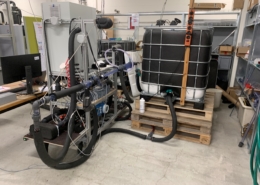Energy research: SWEET consortium CoSi brings different worlds together
The social sciences and humanities receive less attention in energy research than the technical and scientific disciplines. The SWEET consortium CoSi (Co-Evolution and Coordinated Simulation of the Swiss Energy System and Swiss Society) now aims to create sustainable cooperation between technical and scientific disciplines and the social sciences and humanities. To this end, the consortium will investigate how the development of the Swiss energy system and Swiss society influence each other. Hannes Weigt, Professor at the Faculty of Economics at the University of Basel and coordinator of the consortium, explains how CoSi is tackling the challenges.
Energeiaplus: Current simulations and models in energy research are technology-centered and primarily take into account findings from the natural and engineering sciences. Other sciences have so far only been included to a limited extent. Only some aspects from economics have been incorporated. Is this impression correct?
Hannes Weigelt: In part. It is true that energy scenarios are typically based on technology-centered models. For example, they depict how much electricity or heat will be needed in the future and how we can provide this energy. The models are also referred to as "techno-economic", which implies an economic dimension. In economics, however, only the costs are usually depicted. Economics means much more; it also involves companies or markets, for example. These dimensions are often not included in the models.
In addition to economics, there are also other social sciences and humanities. Why have these been neglected in the models up to now?
Mathematics is central to economics. This means that they are somewhat closer to the technical sciences in terms of methodology than other social sciences and humanities. Mathematical equations or calculations are not necessary in law. This discipline is therefore methodologically far removed from energy technology models. In psychology, on the other hand, data analysis of studies or experiments is standard, and their embedding in explanatory models of human behavior is not dissimilar to technical models.
But that is also precisely the important difference: the social sciences and humanities are about people. Their behavior cannot be packed into mathematical models as easily as electrons, power plants or heating systems. This makes it difficult to incorporate the aspects of these disciplines. With CoSi, we are trying to bring these worlds closer together.
How do you go about integrating aspects from the social sciences and humanities into today's models and simulations?
We ask three questions at CoSi. The first: What is feasible? This question can be answered quite well with the existing technology-centered models. For example, we can simulate how many photovoltaic or wind systems we can install over the next few years and create various scenarios. This tells us what is feasible - from a technical, systemic perspective.
Today's models cannot answer the second question: Where do we want to go? Which of these scenarios should we aim for? To do this, we need to be able to assess what this means for our everyday lives. What will our lives look like if the energy supply is renewable? Will it have an impact on our daily routine? We may be able to derive such dimensions here and there from the models, but the answer to the question itself lies outside the scope of modeling.
And finally, the third question: How do we get there? This is where the models come into play again. For example, we can calculate how much needs to be invested each year in order to create the required photovoltaic systems. However, the world is more complex than the amount of additional capacity required. Questions arise such as: Who builds the photovoltaic systems? Who owns the roofs? What are the incentives for homeowners to build a system? What is the legal situation? The task here is to identify the relevant aspects and integrate them into the existing models. To this end, we are creating tools that can be used by the research groups.
What will these tools look like? Can you give an example?
Our idea is to look at the world of models from a new perspective and to take account of the complexity of the problem and the disciplines. The current models should remain in place, be further developed where possible and linked with each other.
For example, we are developing various models of investment decisions at end customer level in a team of experts from the fields of psychology, economics and modeling. The findings from these models are incorporated into the technology-centered energy system models. Human behavior is not reflected in the models, but is taken into account in the form of additional restrictions or extended cost information that reflects the various incentives of end customers.
Other types of linking, which are suitable for the legal sciences, for example, are analyses of the input structures and boundary conditions of the models or the interpretation and assessment of the simulation results from a legal perspective. The toolbox will show such possible combinations.
Will this make the energy scenarios more meaningful and bring more benefits for politics, business and society?
That is one of our goals in the first model run. We are analyzing the needs of the stakeholder group. This is a diverse group, ranging from energy companies and firms from various sectors to farmers, environmental associations and politicians. That is a challenge. Once we know the needs, we will harvest the "low hanging fruits". In other words, we will use the existing models to generate adapted scenario analyses and process the results in such a way that they can be better used by the stakeholder groups.
In total, we will carry out three model runs over the next nine years. In the second and third, we plan to include new models. The integration of the disciplines will progress further with each model run.
Another task of CoSi is to coordinate and harmonize the simulations, including those from other SWEET consortia. What does that mean?
We want to harmonize basic structures and basic data. We will make these available in the toolbox. The results of models that are based on the same assumptions, for example the same population development, can be compared more easily. It will always be a comparison of apples and oranges, but at least the trees will be standing on the same field. It is important to note that harmonizing does not mean "making the same". The research groups are free to decide whether or not to use our toolbox. The aim is to create a dynamic among the researchers from which new ideas can emerge.
CoSi should integrate the players from all relevant disciplines, and society and the economy should also be taken into account. How are you approaching this task?
We will also bring the players together physically. Everyone benefits when the voices of the social sciences and humanities are increasingly heard in politics and society. The aim of CoSi is to achieve broader integration across disciplines. However, the focus is on models and scenarios.
SWEET - "SWiss Energy research for the Energy Transition" - is a funding program of the Swiss Federal Office of Energy (SFOE). The aim of SWEET is to promote innovations that contribute significantly to the successful implementation of the Energy Strategy 2050 and the achievement of Switzerland's climate targets. The CoSi consortium was awarded the contract in January 2023. The University of Basel is in charge of the project.
Image caption:
Prof. Dr. Hannes Weigt of the University of Basel is coordinator of the consortium. Image: University of Basel
Interview: Christa Rosatzin-Strobel, Sprachwerk GmbH on behalf of the SWEET office, Swiss Federal Office of Energy (SFOE)
 Shutterstock 288462527
Shutterstock 288462527
 © BFEAuf eine nachhaltige Zukunft: Die Lehre beim Bundesamt für Energie
© BFEAuf eine nachhaltige Zukunft: Die Lehre beim Bundesamt für Energie  Monique HeylmannDu courant fait maison
Monique HeylmannDu courant fait maison  ©OSTEisbrei speichert Energie
©OSTEisbrei speichert Energie  ShutterstockMarché photovoltaïque 2020: un record et des prix en baisse
ShutterstockMarché photovoltaïque 2020: un record et des prix en baisse 
 Parlamentsdienste 3003 Bern / Rob Lewis
Parlamentsdienste 3003 Bern / Rob Lewis OFEN
OFEN
Neuste Kommentare